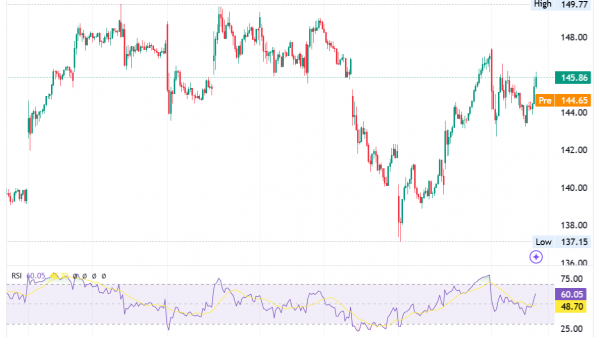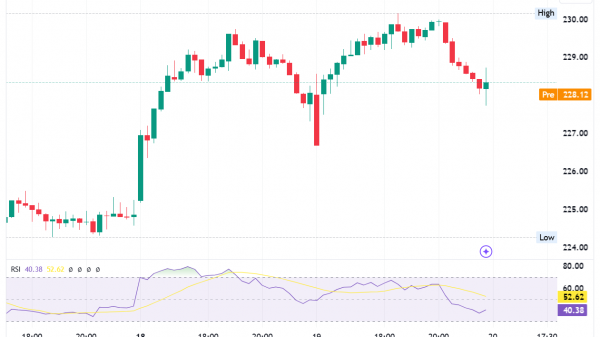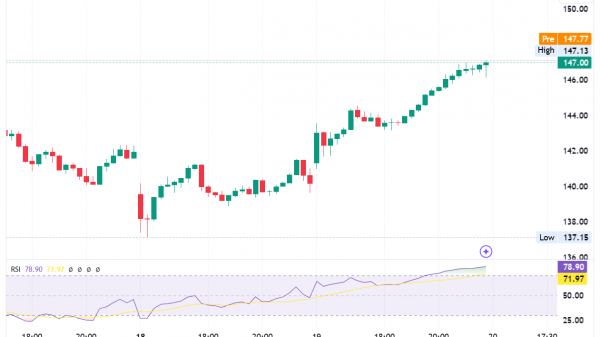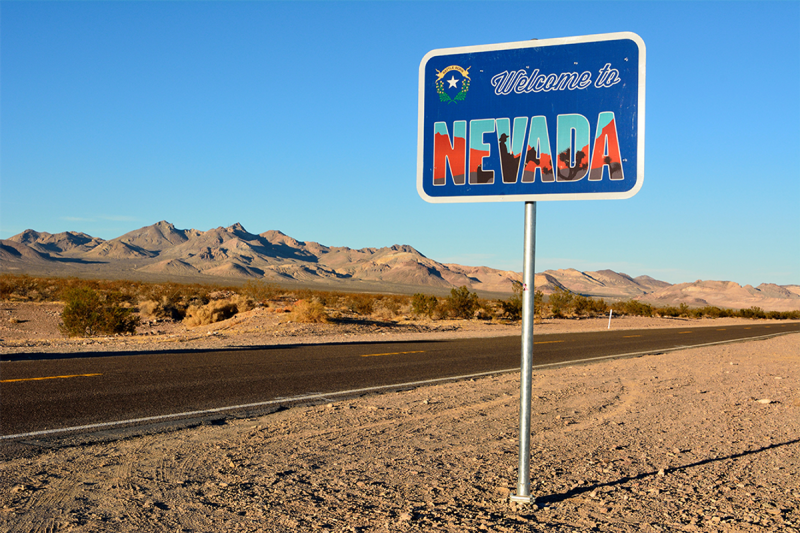With one operating lithium mine and a new one set to commence over the coming months, Nevada is becoming a significant hub for lithium production.
Regions like the McDermitt Caldera, notable for containing the largest lithium deposits in the country, could be instrumental in securing a much-needed stable source of the battery metal for North America. McDermitt’s lithium-rich clay deposits aren’t necessarily unique, either — multiple regions throughout the state display similar geology and similar potential.
As lithium remains top-of-mind for investors, it’s crucial to understand Nevada’s emerging role in the quest for a stable domestic supply of lithium, and what that means in the ongoing pursuit of electrification and decarbonization.
Three principal lithium sources
Understanding what makes Nevada so promising from a mining and exploration standpoint requires a basic understanding of the different lithium sources. There are three principal types in the world, each with its own advantages and disadvantages.
Brine deposits occur in closed basins where saline groundwater has become enriched with alkali metals. Typically, they contain elevated lithium levels, averaging several hundred parts per million (ppm) and sometimes exceeding 1,000 ppm. Brine deposits are usually accessed through drilling and then pumped to the surface, where they are then evaporated in prepared reservoirs. This evaporation method can take up to several months to reach a 1 to 2 percent lithium concentration.
The second type is clay deposits, also sometimes referred to as sedimentary deposits. Found extensively throughout Nevada, claystone deposits are collections of lithium-enriched clay formed over tens of millions of years in small lakes where evaporation exceeds inflow. Reactive lithium is absorbed into clay minerals in the lakebed, gradually increasing in concentration with time. These deposits can also occur in collapsed volcanic calderas, particularly from felsic igneous rocks, which tend to be rich in alkali metals.
Sedimentation in volcanic claystone deposits can be incredibly substantial, exceeding several tens of meters and necessitating hard rock mining methods. Clays extracted from the deposit are then leached with acid or halogen-enriched solutions to extract the lithium, which is then either precipitated directly or collected in adsorption columns for later extraction. Claystone deposits typically average 1,000 ppm lithium.
Finally, pegmatite or granitic deposits host lithium-containing minerals such as spodumene, amblygonite or lepidolite. They’re mined through conventional methods, then the silicate assemblages are broken down using either pyrometallurgical or chemical techniques. Although hard rock lithium is less common than brine-based lithium, it represents the majority of lithium resources in Australia — notable for being the top global producer of lithium.
Pegmatite deposits offer the highest lithium grades but also require the most significant upfront capital costs. Consequently, brine deposits offer lower grades of lithium but cost considerably less than pegmatite deposits to develop. The three principal deposit types are also inversely related in terms of water consumption, with brine deposits requiring the most water and pegmatite deposits requiring the least.
Exploring a promising landscape
In the 1800s, Nevada was swept up in the California gold rush, eventually becoming the lead producer of the precious metal in the United States. It now appears as though history is repeating itself, except instead of gold, this time it’s lithium, which is colloquially dubbed white goldby investors. As of September 2023, there are over 21,000 active lithium prospecting claims across the state and a number of projects in various stages of development.
Located in Northern Nevada within the Great Basin Desert, Thacker Pass is simultaneously the most prominent and the most controversial lithium project. Thacker Pass is situated in the caldera of the extinct McDermitt supervolcano and sits atop one of the largest deposits of lithium in the world. The site contains 1.46 billion metric tons (MT) grading 2,070 ppm lithium in measured and indicated mineral resources, with an additional 297.2 million MT grading 1,870 lithium in inferred mineral resources.
Thacker Pass is owned by Lithium Americas (NYSE:LAC), which also controls roughly 4,236 hectares in the surrounding region. The company began construction in March 2023, and plans to eventually transform the project into an 18,000 acre open pit clay mining operation. It estimates the total value of recoverable lithium from the project at around US$3.9 billion and hopes to begin extraction by 2026.
Lithium Americas has further estimated that the caldera itself could contain an additional 20 to 40 million MT of lithium.
It’s also not the only company to stake its claim in the McDermitt caldera. Jindalee Resources (ASX:JRL,OTCQX:JNDAF) announced in February that its own McDermitt-based project contains an estimated 21.5 million MT of lithium carbonate equivalent.
It’s important to note that it isn’t all smooth sailing for lithium development in Nevada. Many of the region’s most prominent projects have drawn accusations of green colonialism from Indigenous groups. Thacker Pass has been especially controversial, situated on land that has long been sacred to the Paiute Tribe.
Peoples from the region, led by an organization known as The People of Red Mountain, have fiercely opposed the establishment and construction of Thacker Pass since it was announced, maintaining the area should be regarded as a protected landmark and that local Indigenous people should be given the final say on how the land is used.
McDermitt aside, there are other promising lithium prospects across Nevada, such as Nevada Lithium’s (CSE:NVLD,OTCQB:NVLHF) Bonnie Claire project, which is unique in that it is not a clay deposit, but it is sediment-hosted. The 18,300 acre land package houses an estimated 18.37 million MT of lithium carbonate equivalent and has significant exploration upside.
Daisy Creek is another lithium project that demonstrates considerable promise. In the 1980s, geologists staked claims at the site due to its similarity to Thacker Pass. These claims are now part of the Daisy Creek project, which is owned and operated by junior mining company GMV Minerals (TSXV:GMV,OTCQB:GMVMF) and consists of 1,379 hectares of claims covering younger sedimentary rocks within the 14 by 27 kilometer Daisy Creek collapsed caldera. Sampling of the region has confirmed exposed claystones throughout the basin, with historic drill holes reporting grading around 20,000 ppm.
Investor takeaway
The need for a stable domestic source of lithium has never been more significant. Nevada is primed to play a vital role in establishing that source as multiple mining and exploration companies continue to stake claims on lithium resources throughout the region. It is, for all intents and purposes, a new gold rush — and investors would do well to pay attention.
The information contained here is for information purposes only and is not to be construed as an offer or solicitation for the sale or purchase of securities. Readers should conduct their own research for all information publicly available concerning the company. Prior to making any investment decision, it is recommended that readers consult directly with GMV Minerals and seek advice from a qualified investment advisor.

































